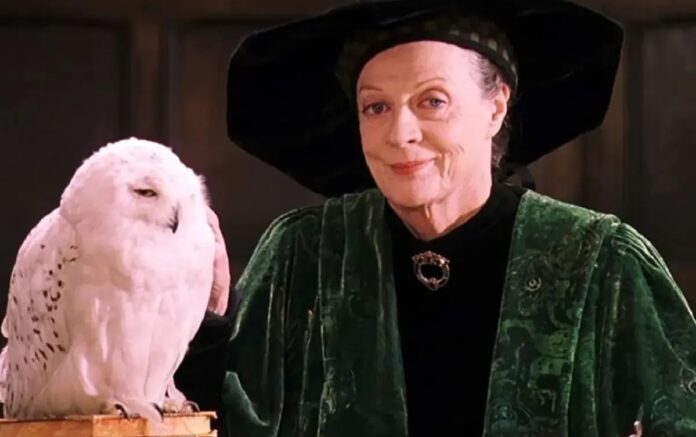The “Harry Potter” series by J.K. Rowling has captivated readers worldwide since its debut in 1997. The magical journey of Harry, Hermione, and Ron has enchanted both children and adults alike. However, while the series starts with a relatively simple narrative suitable for younger readers, it gradually introduces darker themes and more complex language. This progression makes it essential to understand the appropriate reading levels for each book in the series.
Reading Levels and Age Recommendations
The “Harry Potter” books are often classified as middle-grade to young adult literature. However, their readability and thematic content change as the series progresses. Here’s a breakdown of the recommended reading ages and grades:
Book Title Recommended Age Grade Level Lexile Measure Harry Potter and the Sorcerer’s Stone 8-12 3-7 880L Harry Potter and the Chamber of Secrets 8-12 3-7 940L Harry Potter and the Prisoner of Azkaban 9-13 4-8 880L Harry Potter and the Goblet of Fire 10-14 5-9 880L Harry Potter and the Order of the Phoenix 11-15 6-10 950L Harry Potter and the Half-Blood Prince 12-16 7-11 1030L Harry Potter and the Deathly Hallows 13+ 8+ 980L
From this table, it is clear that while younger readers can enjoy the first few books, the later installments require a higher reading level and greater emotional maturity due to their darker themes. If you’re looking for a detailed breakdown of the reading levels, including age and grade recommendations, check out this comprehensive guide: Harry Potter Reading Level.
Factors That Influence Reading Level Appropriateness
Several factors determine whether a child is ready to read a particular “Harry Potter” book.
- Thematic Content
The series begins with a whimsical adventure filled with friendship and bravery. However, as Harry grows older, the themes become increasingly mature. Later books explore complex issues like political corruption, loss, betrayal, and even death. Parents should be aware of these themes and consider if their child is emotionally prepared to handle them.
- Writing Complexity
J.K. Rowling’s writing style evolves throughout the series. While Harry Potter and the Sorcerer’s Stone features straightforward language and a simpler storyline, Harry Potter and the Order of the Phoenix is longer, with a more sophisticated vocabulary and complex subplots.
- Book Length and Structure
The books progressively increase in length, with Sorcerer’s Stone having around 77,000 words and Order of the Phoenix exceeding 257,000 words. The longer and more intricate plots require stronger reading stamina and comprehension skills.
How Parents and Educators Can Guide Young Readers
Since every child develops at a different pace, parents and educators should assess individual readiness before allowing them to progress through the series. Here are some ways to support young readers:
- Assess Individual Reading Ability: While age recommendations are helpful, children’s reading levels can vary. Some may be ready for the later books earlier, while others may need more time.
- Encourage Open Discussions: Engaging young readers in discussions about the themes in the book helps them process complex ideas and emotions.
- Monitor Progression: Instead of rushing through the series, children should take their time to absorb each book fully. This ensures they understand and appreciate the story without feeling overwhelmed.
- Read Together: If parents are concerned about their child reading a particular book too soon, they can read alongside them and address any challenging topics as they arise.
Final Thoughts
The “Harry Potter” series offers an incredible reading experience that grows with its readers. By considering reading difficulty, thematic maturity, and emotional readiness, parents and educators can help children embark on their magical journey through Hogwarts at the right time. After all, the world of Harry Potter is best enjoyed when the reader is ready to fully embrace its magic.

